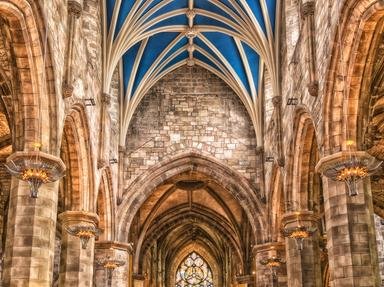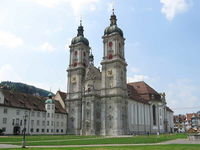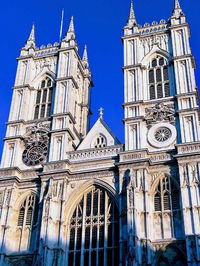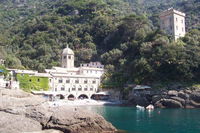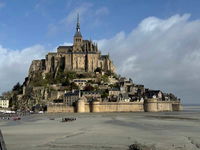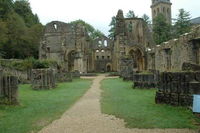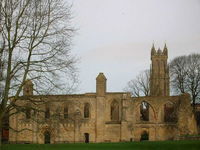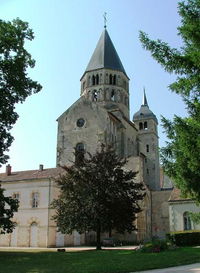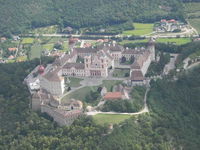Quiz Answer Key and Fun Facts
1. Abbey of Saint Gall (St. Gallen, Switzerland)
2. Westminster Abbey (London, England)
3. San Fruttuoso Abbey (San Fruttuoso, Italy)
4. Pannonhalma Archabbey (Pannonhalma, Hungary)
5. Mont-Saint-Michel Abbey (Mont-Saint-Michel, France)
6. Orval Abbey (Florenville, Belgium)
7. Glastonbury Abbey (Somerset, England)
8. Cluny Abbey (Cluny, France)
9. Göttweig Abbey (Furth bei Göttweig, Austria)
10. Abbey of Bobbio (Bobbio, Italy)
Source: Author
stephgm67
This quiz was reviewed by FunTrivia editor
stedman before going online.
Any errors found in FunTrivia content are routinely corrected through our feedback system.
